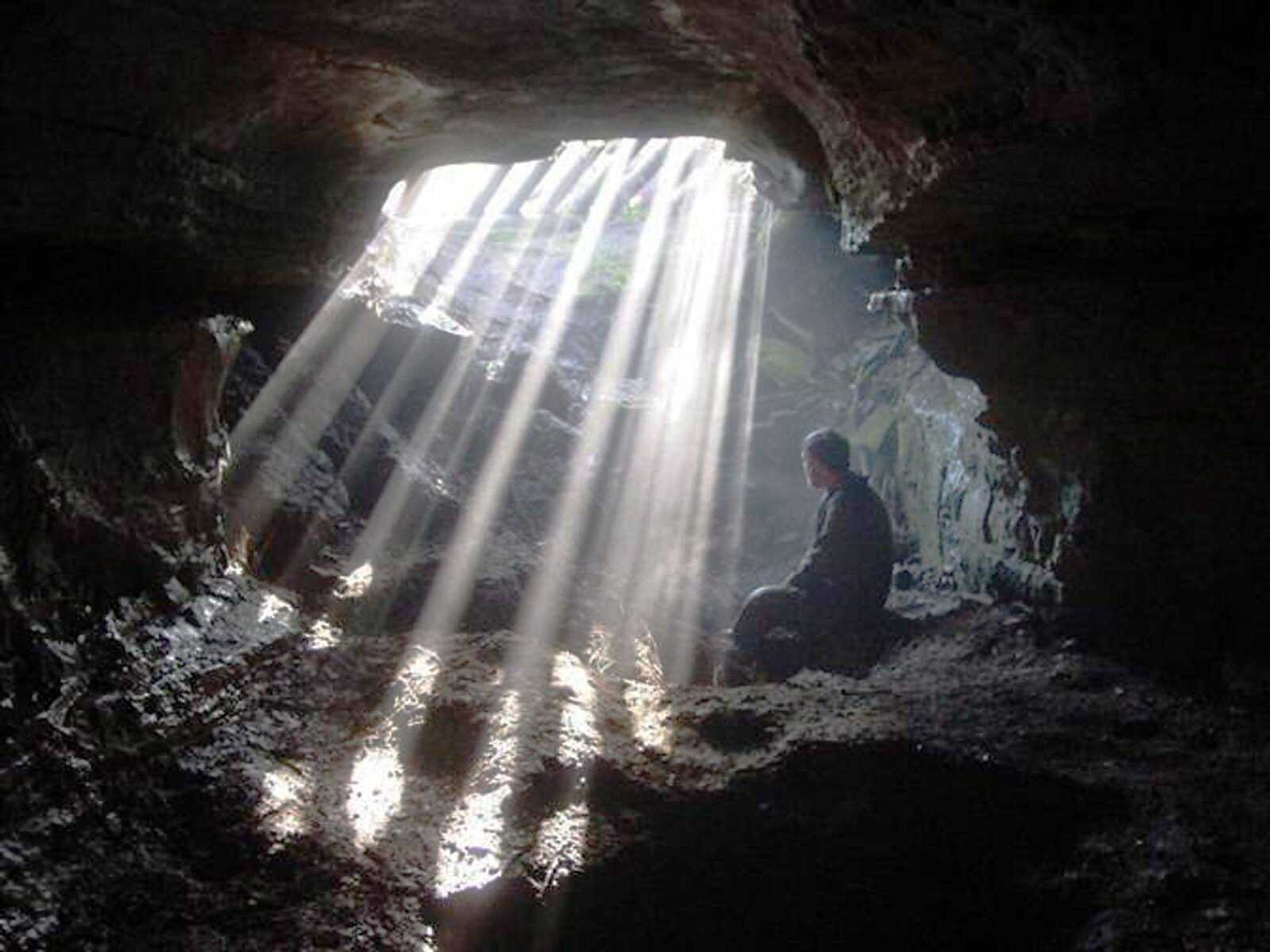Plan to protect underground fish being developed in Perryville
PERRYVILLE, Mo. -- Perryville leaders are working to convince the U.S. Fish and Wildlife Service that an endangered species designation for a tiny fish living in area caves is unnecessary. They're developing their own Community Conservation Plan in hopes of protecting the Grotto sculpin without what they see as crippling consequences for economic development...
PERRYVILLE, Mo. -- Perryville leaders are working to convince the U.S. Fish and Wildlife Service that an endangered species designation for a tiny fish living in area caves is unnecessary. They're developing their own Community Conservation Plan in hopes of protecting the Grotto sculpin without what they see as crippling consequences for economic development.
Since a public meeting Oct. 30, where more than 120 business and landowners gathered to voice concerns to the federal agency, Perry County Economic Development Authority executive director Scott Sattler has been heading up the planning process.
In the next few weeks, a focus group consisting of small-business owners, agriculture and industry representatives, residents and landowners will meet. The wildlife service gave Perry County three months after the public meeting to draft a plan.
"We want to get the voice of the community in our plan and find out how they would be able to help," Sattler said.
The plan must address potential threats to the Grotto sculpin, a 2 1/2-inch-long fish believed to live only in underground cave streams in Perry County. Potential threats include habitat destruction, overuse for recreational or educational purposes and inadequate monitoring systems.
More than 430 public comments were received by the federal agency during a 60-day comment period that ended Monday, said Shauna Marquardt, in the wildlife service's Columbia, Mo., office.
An endangered species designation could mean new restrictions and additional costs for landowners, farmers and local industries. Some fear their property values would go down.
"Those same concerns we heard at the public meeting are coming through in the comments that were posted," she said. "We are in the process of going through those comments and addressing those."
Among the comments were letters from U.S. Rep. Jo Ann Emerson, R-Cape Girardeau, and Sen. Claire McCaskill, D-Missouri.
The Grotto sculpin has been watched and studied by members of the Middle Mississippi Valley Grotto of the National Speleological Society for 50 years, said the organization's president, Jim Sherrell of St. Louis, who has been caving in Perry County since the 1970s.
In the late 1980s biology students from Southern Illinois University-Carbondale researched the fish after a cave tour and made it the topic of their master's thesis. Once it was published the wildlife service took note of the species, but had taken no action.
Under a settlement agreement reached in September with the environmental group Wild Earth Guardians, the Fish and Wildlife Service now has to move forward with the process of evaluating 400 species for the endangered list, including the Grotto sculpin.
Sherrell, who also is on the board of the Missouri Cave and Karst Conservancy, said he was stunned by the settlement.
"We think that listing of the species is premature, and even though we obviously are conscientious conservationists of all things underground, rushing this matter is creating unnecessary ill will between the natural allies of the cavers and local landowners," Sherrell said. "This careless haste is unnecessary as well as counterproductive."
The Fish and Wildlife Service has 11 months to determine if the species should be listed and whether steps should be taken to set aside its critical habitat, which lies beneath most of Perryville and its industrial park.
Sattler and representatives from the Perry County Farm Bureau, the city of Perryville, Perry County, Perry County Soil and Water Conservation District, Perryville Development Corp., Perry County Health Department, SEMO Regional Planning and Economic Development Commission and the University of Missouri Extension have been meeting and gathering data to include in the plan.
"It's a community issue and every organization realizes it can affect each of us in different ways," Sattler said.
Marquardt said she is impressed with the efforts the group has made, but in addition to submitting the conservation plan, it also must demonstrate commitment and progress toward protecting the Grotto sculpin.
"You can't just put down words on paper," she said. "You need people to commit to the plan, whether that's acquiring grant money, implementing water quality monitoring or establishing acres of buffers around sinkholes."
Steps the community has taken to prevent contamination and sediment from reaching underground waters also will be outlined in the conservation plan, Sattler said.
"We've come a long way. Everyone used to use sinkholes as dump sites, but a lot of those have been cleaned up already," Sattler said. "The city manages 400 sinkholes. They keep the sediment out of them and have been doing it for years, but Fish and Wildlife didn't know it."
Sherrell said he and other cave enthusiasts want to work with Perry County officials by taking an active role in the plan to protect the Grotto sculpin.
"We would volunteer to help remove trash from sinkhole dumps, enter the caves to monitor the sculpin if requested by the landowner," he said. "We would volunteer to evaluate any caves, springs or sinkholes on any properties in Perry County with an invitation from the landowner."
The Missouri Caves and Karst Conservancy owns the entrance to Berome Moore Cave and has sent its cave management plan and other documents to the wildlife service, Sherrell said.
His organization doesn't interfere with the land management above the cave, since it does not own surface rights, but Sherrell said he wouldn't want to anyway. He considers landowners friends.
"Most landowners in the region are moving in a conservation-minded direction, though perhaps not at the rate which an endangered species act mandate would force," he said.
After the conservation plan is submitted, it will be put out for public comments, and then must be put into the Federal Register by September in order to meet terms outlined in the Wild Earth Guardians settlement, Marquardt said.
"It needs to be something realistic and workable with the people who are agreeing to it," she said.
mmiller@semissourian.com
388-3646
Pertinent address:
Perryville, Mo.
Connect with the Southeast Missourian Newsroom:
For corrections to this story or other insights for the editor, click here. To submit a letter to the editor, click here. To learn about the Southeast Missourian’s AI Policy, click here.









